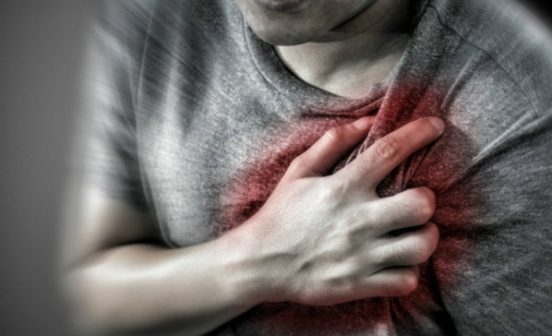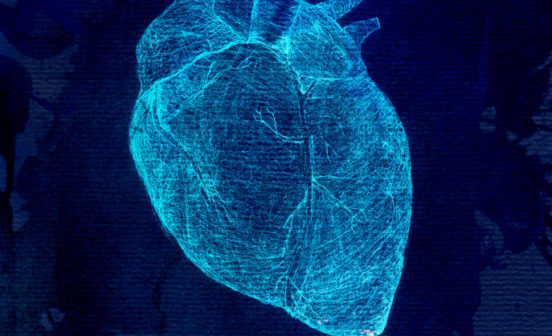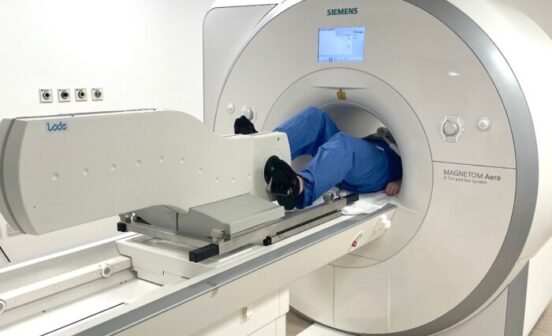TherapeuticTreatment Innovative medical implant found to relieve chest pain

An innovative medical device, known as a coronary sinus reducer, has been found to relieve chest pain from reduced blood flow to the heart in a new study funded by the National Institute for Health and Care Research (NIHR) Imperial Biomedical Research Centre (BRC).
A coronary sinus reducer (CSR) is a small stainless steel device, shaped like an hourglass, which is thought to increase the amount of oxygen-rich blood flowing to the heart muscle.
The study, known as ORBITA-COSMIC and led by the team behind recent evidence for the use of stents as an alternative to chest pain medication, found that patients who received a CSR device experienced significant reductions in the daily number of chest pain episodes, known as angina, compared to patients who received a placebo procedure. However it did not show evidence of increased overall blood flow to the heart.
The study was also not able to show how the CSR device works to reduce chest pain episodes and the findings show no difference between those who received the device and those who didn’t in terms of an MRI-based assessment of overall blood flow to the heart tissue.
“Our study wasn’t able to show us how this device works, but it does seem to reduce angina frequency in patients with refractory angina,” said senior author Dr Rasha Al-Lamee, interventional cardiology consultant at Imperial College Healthcare NHS Trust.
“This is a population of patients who are very symptomatic and have no further options for treatment. We see somewhere between 30 to 50 thousand new cases of patients like this in Europe every year and the impact of their symptoms can be very detrimental to their quality of life and lead to multiple attendances to hospital and their primary care providers. Giving these patients another option for treatment is a very positive step.”
The hourglass-shaped stent is designed to narrow the vein that collects blood from the heart muscle (the coronary sinus) and drive oxygen-rich blood back into areas of the heart muscle that may not be receiving enough blood.
This research was designed to build on previous studies, which suggested that the CSR can improve angina symptoms and assess the impact of the device on blood flow. The researchers randomized 51 patients at six hospitals to receive either a CSR implant or a placebo procedure, which involved sedation but no implant.
All participants had symptomatic angina and coronary artery disease with no further treatment options at the start of the study. Participants underwent scans and treadmill exercise test before their procedure and at the end of the six-month follow-up period. Patients also recorded their angina symptoms daily with a smartphone application.
At six months, participants who received the CSR implant were 40 per cent more likely to report a reduction in the number of daily angina episodes than those who received the placebo procedure; however, they showed no difference in terms of overall blood flow to the heart.
Most of the patients who received the CSR implant did not experience complete elimination of angina symptoms but did report reductions in the number of daily pain episodes and the number of days on which they experienced pain.
“For a patient, what they want to know is whether the device will help them to feel better. With the results of this placebo-controlled trial, we can tell them that their symptoms are more likely to improve with the reducer,” Al-Lamee said. “However, we still need to work out why.”
The researchers plan to conduct further research to understand how the CSR works and determine whether particular groups of patients may be more likely to benefit from it.
This study was also supported by Imperial Healthcare Charity and the Medical Research Council.




